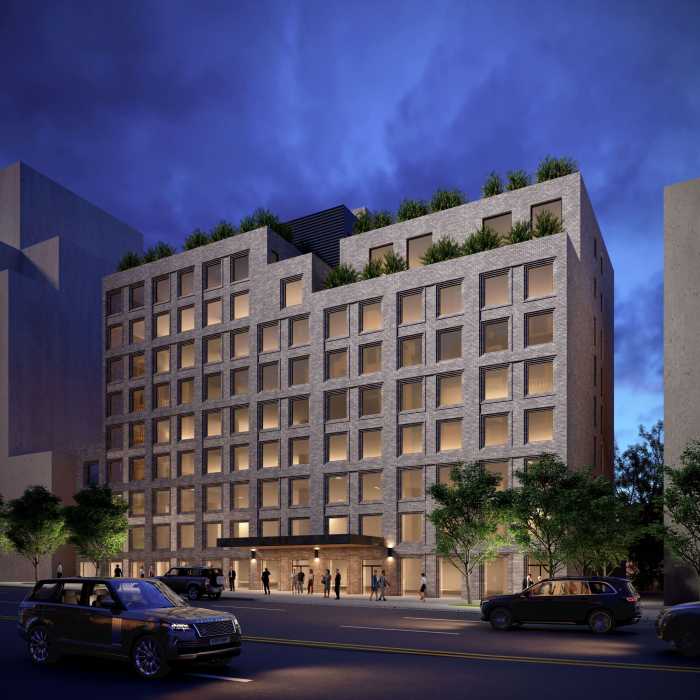To the editor:
The Feb. 7 article headlined “Mum’s If ultimately approved, the 22 proposals that constitute the Downtown Noise, stress, traffic congestion, increased density and angry competition Not reassuringly, the draft environmental impact statement (DEIS) of the The study concludes, “that the changes would not result in significant Unfortunately, this assertion only applies to the Downtown “core” Biblically, we are admonished, “Where there is no vision, the people Critically absent are calculations of cumulative neighborhood impacts The upshot is that Deputy Mayor Dan Doctoroff, on Jan. 23, confirmed that Far better to have had this new study’s conclusions before being Often, those who urge caution are labeled as opponents of progress. Personally, The borough president’s hearing on the Downtown Brooklyn Plan is —Ken Diamondstone, CB2 member
The Word” rightly notes that the Downtown Brooklyn Plan is “the
most complex rezoning plan in city history.” Unfortunately, the lead
agencies, City Planning and the Economic Development Corporation, selected
the plan’s submission date just prior to Christmas and New Year’s,
effectively abbreviating the already scant 60 days available for community
board evaluation.
Brooklyn Plan may forever transform the character of Brooklyn Heights,
Boerum Hill, Cobble Hill, Concord Village and DUMBO/Vinegar Hill as the
unintended consequence of the 14,000,000 square feet of new development
they permit.
for scarce parking could dampen the strong sense of community, which so
characterize our neighborhoods. The big losers could be us.
plan considers impacts from just half the potential build out (6,700,000
square feet). Yet even this impoverished study contains warnings of unmitigable
congestion, and no evaluation of mass transit (the predominant mode of
transportation for the thousands of potential new workers and visitors)
except to oddly suggest widening one subway staircase.
adverse impact in neighborhood character” (page S-23 of the Executive
Summary, DEIS).
study area containing just 1,200 residents (many of whom the plan removes
through eminent domain, along with existing shops, school and historic
buildings). But no mention of the potential change of the character of
the neighborhoods of the 150,000 who live adjacent to the “core.”
perish” yet rather than with vision, we’re going into this with
blinders on.
of those 14,000,000 square feet combined with those from Forest City Ratner’s
proposed arena, the associated 4,500 Atlantic Yards housing units, the
2,500 apartments already being built or approved within five blocks of
the “core,” the new Federal Courthouse, the several-million-square-foot
proposed expansion at New York City Tech, Forest City’s 1,000,000
square feet of commercial space at Atlantic Terminal, etc.
the Department of Transportation Economic development Corporation would
“initiate a comprehensive transportation analysis, or ‘blueprint’
study, of Downtown Brooklyn. The scope of work … is being finalized
and details will be made available to the local community by early February.
Although the ‘blueprint’ study will not be completed before
the Downtown Plan finishes ULURP, its findings will encompass all current
traffic conditions as well as traffic impacts of future planned development.”
asked to consider these massive zoning changes. And shouldn’t those
who represent us urge the temporary withdrawal of these 22 zoning applications
and their resubmission only after the study’s conclusions are public?
I have consistently supported appropriate, contextual development and
strongly encouraged economic growth as a CB2 member. Nevertheless, I also
support the notion that meaningful planing requires that stakeholders
understand and accept the consequences of proposed plans rather than a
priori adopting them only to later learn the consequence.
Feb. 18.
























